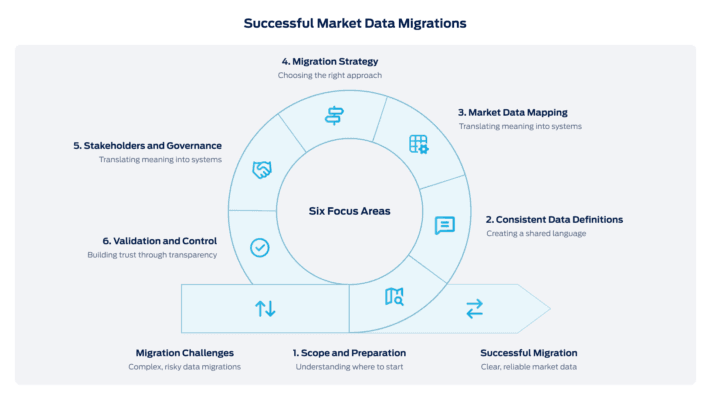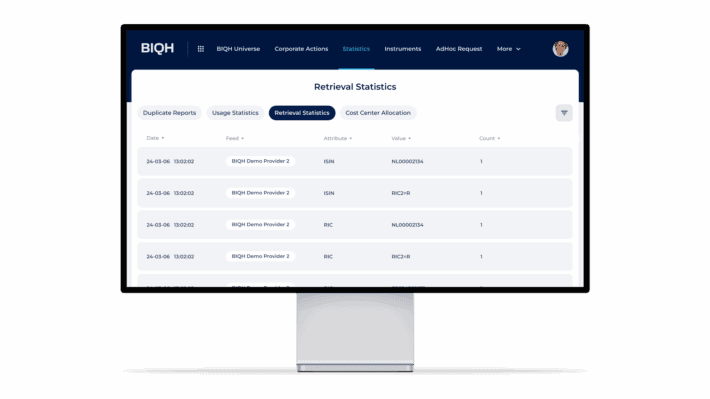The challenge of physical risks: how it forms an important aspect of ESG data

At BIQH, we regularly write about ESG data, management, and screening. This topic is crucial to us and our clients. Today we focus on physical risks such as natural disasters and climate change. These risks pose threats to assets, and can have a significant impact on financial institutions.
It is important for financial institutions to understand the physical risks associated with the real objects they manage and invest in, both now and in the future. By 2030 or 2040, the world may look very different. How can you assess the risks of an issuer’s instruments that are listed on a stock exchange based on the physical risks of the real estate properties the associated company owns? How do you map all this data to ensure that you or your clients make the most informed decisions? In this article, we explore the complexity of physical risks within ESG data, the role of parameters in risk assessment, and the need to map these data with other market data.
The complexity of physical risks within ESG data
What exactly are physical risks? Physical risks refer to the potential damage to assets due to physical or environmental events. This includes natural disasters such as floods, hurricanes, wildfires, and earthquakes, as well as the broader effects of climate change, such as rising sea levels and shifting weather patterns. Such events can cause significant damage to infrastructure, real estate properties, and supply chains, threatening a company’s operational continuity.
Physical risks are naturally complex due to their variability and the uncertainties they present. Natural disasters can directly damage physical assets, and climate change increases these risks in the long term through changing weather patterns and rising sea levels. This makes it difficult to predict and manage these dynamic risks, posing significant challenges for companies.
For financial institutions, the biggest challenge is not just identifying these physical risks but linking them to market data. This means that institutions need to understand how physical risks affect the value and performance of their investments. Integrating physical risk data with market data can provide insights into the potential financial impact of physical risks on specific instruments and portfolios. By effectively mapping this data, institutions can make better-informed decisions, and develop strategies that minimize risks while maximizing value.
The BIQH Market Data Platform allows users to easily map between physical risk data and market data.
The role of parameters in risk assessment
The use of temporal parameters plays a crucial role in assessing and managing physical risks within ESG data. Through the evaluation of factors such as location, vulnerability to risks, and infrastructure robustness, financial institutions can accurately assess the current and the future risks of their assets.
Assessments of the current and the future risks are essential for developing effective risk management strategies. The current situation provides insights into present risks, while future scenarios help institutions prepare for changes in the risk landscape. Projections for 2030 and 2040, for example, can help identify emerging risks, such as the effects of rising sea levels on coastal real estate or the increasing frequency and intensity of extreme weather events.
The future is uncertain, making it challenging to predict risks precisely. Nonetheless, advanced data models and scenario analyses can be used to turn these temporal parameters into actionable insights. This enables financial institutions to take proactive measures to minimize risks and protect the value of their investments. By effectively applying these insights, institutions can make better-informed investment decisions, and help their clients do the same.
The BIQH Market Data Platform offers full support for any parameter type that users want to use in performing risk assessments.
Integration of physical risks into sustainable investment strategies
Integrating physical risks into investment strategies is essential for financial institutions aiming to build sustainable and resilient portfolios. These risks can significantly impact investment performance if not properly managed. Therefore, institutions must systematically and proactively address physical risks by continuously evaluating and adjusting their risk management processes. This involves not only responding to current risks but also anticipating future changes in the risk landscape.
Linking physical risks to market data is one of the biggest challenges for financial institutions. The so-called “market data spaghetti” complicates this process, as data from various sources are often incoherent and inconsistent. A robust market data platform can help effectively map and integrate these disparate datasets. Integrating ESG data with physical risk data helps financial institutions understand how these risks impact their investments. This requires a well-thought-out strategy and a powerful market data platform that can combine relevant data sources.
The BIQH Market Data Platform helps you to untangle your market data spaghetti quickly.
Conclusion
As a financial institution, incorporating physical risk data into your decision-making processes is important. It is an important component of ESG data and the strategies built around it. This requires considering the right temporal parameters and assessing what the risks are now, as well as what they might be in 2030 and 2040. However, mapping this data, for example by using coordinates, with other market data is a complex process. For this, you need a robust market data platform that can process and distribute this physical risk data, linked with other relevant data, to ensure you make the best-informed decisions.
An example of a robust market data platform is the BIQH Market Data Platform. It allows users to easily map between physical risk data and market data, offers full support for any parameter type that users want to use in performing risk assessments against, and enables you to untangle your market data spaghetti in a snap. In addition to the platform itself, BIQH also provides support through our managed services. If you want to learn more after reading this article, please contact us or download our factsheet.


